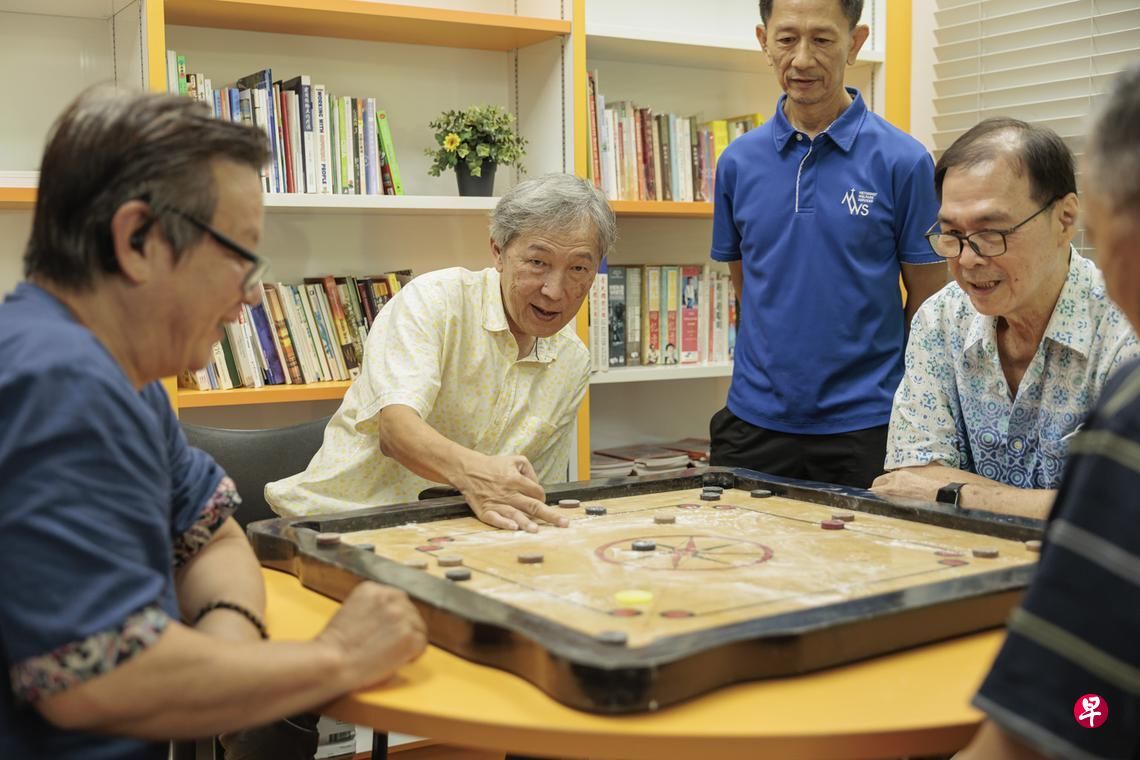Thank you for the Sayang Sayang!


Photo credit: Ng Teng Fong General Hospital
To mark the successful conclusion of the Sayang Sayang Fund campaign, we would like to extend a heartfelt thank you for your generosity in contributing towards caring for and uplifting the most vulnerable of us during such times.
When CFS launched the Sayang Sayang Fund (SSF) on 10th February 2020, it had a purpose to support vulnerable communities impacted by COVID-19. Initially aimed to show appreciation for frontline healthcare workers battling the pandemic, the Fund was able to increase its scope of support thanks to the keen generosity of the public.
Sayang Sayang Fund
The Sayang Sayang Fund, a Community Impact Fund started by the Community Foundation of Singapore, provides support for healthcare workers and vulnerable communities such as isolated seniors and low-income families who are impacted by the COVID-19 pandemic.
The Sayang Sayang Fund:
- supports community-based emergency response funds for marginalised communities adversely affected by the COVID-19 situation;
- provides innovation solutions and research to better combat COVID-19; and
- builds capabilities that support charities’ operational and/or business continuity processes.
Why Sayang Sayang?
The name Sayang Sayang is chosen because it is a local colloquial term that most people are familiar with. It is in line with the idea of showing love and appreciation to healthcare professionals who work hard to care for us, to safeguard our health and to heal the fallen. It also conveys gratitude to those who are stepping up to ensure key services continue in the community.
Thank you for the Sayang Sayang!
Your contributions have made a significant difference to the pandemic-affected communities in Singapore. Since its inception, the Sayang Sayang Fund has raised over $9.6 million and supported nine initiatives, which have helped over 136,000 care recipients.
Migrant workers who were isolated in their dormitories last year found respite in the free $10 dollar top-up SIM cards that they used to call their families at home, provided by MigrantsOK@Home, which you contributed to through the Sayang Sayang Fund.
Through the SSF initiative, SeniorsOK@Home, seniors stranded in their homes due to social distancing measures were able to receive aid such as basic necessities and medical supplies.
‘Through your generous giving to the Sayang Sayang Fund, you have made it possible for a kinder and more compassionate Singapore to emerge from this pandemic together’ – Catherine Loh, CEO of CFS.
On behalf of the CFS team and all the lives that you’ve made a difference to, please accept our sincerest gratitude and thank you once again for showing so much sayang!
Photo credit: Ng Teng Fong General Hospital
To mark the successful conclusion of the Sayang Sayang Fund campaign, we would like to extend a heartfelt thank you for your generosity in contributing towards caring for and uplifting the most vulnerable of us during such times.
When CFS launched the Sayang Sayang Fund (SSF) on 10th February 2020, it had a purpose to support vulnerable communities impacted by COVID-19. Initially aimed to show appreciation for frontline healthcare workers battling the pandemic, the Fund was able to increase its scope of support thanks to the keen generosity of the public.
Sayang Sayang Fund
The Sayang Sayang Fund, a Community Impact Fund started by the Community Foundation of Singapore, provides support for healthcare workers and vulnerable communities such as isolated seniors and low-income families who are impacted by the COVID-19 pandemic.
The Sayang Sayang Fund:
- supports community-based emergency response funds for marginalised communities adversely affected by the COVID-19 situation;
- provides innovation solutions and research to better combat COVID-19; and
- builds capabilities that support charities’ operational and/or business continuity processes.
Why Sayang Sayang?
The name Sayang Sayang is chosen because it is a local colloquial term that most people are familiar with. It is in line with the idea of showing love and appreciation to healthcare professionals who work hard to care for us, to safeguard our health and to heal the fallen. It also conveys gratitude to those who are stepping up to ensure key services continue in the community.
Thank you for the Sayang Sayang!
Your contributions have made a significant difference to the pandemic-affected communities in Singapore. Since its inception, the Sayang Sayang Fund has raised over $9.6 million and supported nine initiatives, which have helped over 136,000 care recipients.
Migrant workers who were isolated in their dormitories last year found respite in the free $10 dollar top-up SIM cards that they used to call their families at home, provided by MigrantsOK@Home, which you contributed to through the Sayang Sayang Fund.
Through the SSF initiative, SeniorsOK@Home, seniors stranded in their homes due to social distancing measures were able to receive aid such as basic necessities and medical supplies.
‘Through your generous giving to the Sayang Sayang Fund, you have made it possible for a kinder and more compassionate Singapore to emerge from this pandemic together’ – Catherine Loh, CEO of CFS.
On behalf of the CFS team and all the lives that you’ve made a difference to, please accept our sincerest gratitude and thank you once again for showing so much sayang!
- Related Topics For You: CAREGIVER SUPPORT, CHARITY STORIES, COMMUNITY IMPACT FUND, DIRECT AID, DONOR STORIES, FAMILIES, HEALTH, INCLUSIVITY & INTEGRATION, PROMOTING HEALTHCARE, SAYANG SAYANG FUND, SENIORS, STORIES OF IMPACT



